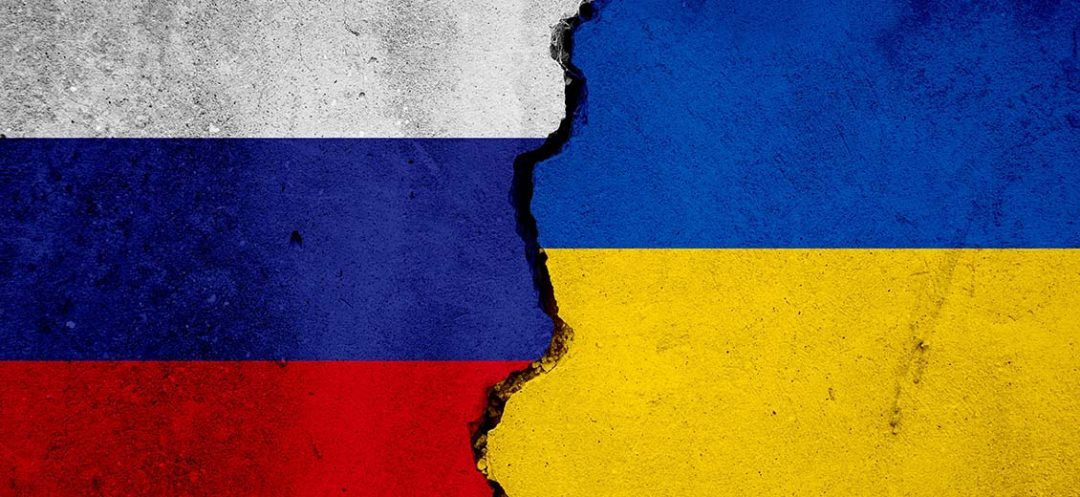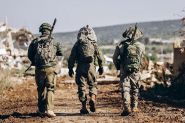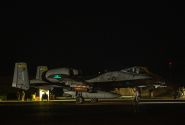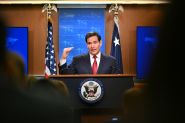- Home
- Middle East
- Death Cult: The Foundation of Putin’s Economic Model

Since the Russian invasion of Ukraine in February 2022, President Vladimir Putin has spearheaded a new military recruitment strategy. Faced with a shortage of recruits, the Russian government has implemented a dual approach that merges commercial and ideological tactics. How is the death cult employed to further the war within this customized economic model?
Since the launch of his “special military operation” in Ukraine on February 24, 2022, Russian President Vladimir Putin has implemented several conscription and voluntary recruitment campaigns to bolster his army. This has driven hundreds of thousands of young Russians to flee the country to avoid enlistment.
The government has since adopted a strategy that merges economic incentives with ideological messaging to further its war objectives. By providing bonuses, compensations, social benefits and financial perks, Russian authorities foster a hero cult that glorifies national service. When pushed to the extreme, this cult becomes a glorification of death. The family of a Russian soldier killed in combat can receive nearly $80,000.
Former Russian President Dmitry Medvedev, now a member of the Russian Security Council, announced that around 385,000 people enlisted in the Russian army in 2023. He praised the “strong patriotic spirit” and the “citizens’ desire to defend their homeland.”
How do Putin and his team succeed in recruiting such numbers?
Enticing recruitment offers
Military recruitment campaigns targeting young men aged 18 to 30 are crafted like advertising campaigns.
Emulating a “Buy one, get one free” strategy, the Russian government throws slogans such as “Bring a friend to the recruitment office and receive 100,000 rubles” (about $1,000).
Furthermore, in July, President Putin doubled the monthly salary of contract soldiers from 195,000 rubles to 400,000 rubles, a significant increase over the average salary.
A lump sum of 1.2 million rubles (around $13,200) is also granted upon enlistment.
Additionally, young Russian soldiers are offered access to the country’s top universities without entrance exams, and their families receive benefits such as preferential mortgage rates and comfortable retirement.
In March 2022, President Putin announced to the permanent members of the Russian Security Council that “all family members of soldiers killed during the special military operation in Ukraine will receive statutory insurance coverage and a lump sum of 7,421,000 rubles” (approximately $80,885).
He also promised “a monthly allowance for each family member of the deceased.”
These substantial payouts seem to incite greed, even attracting a father who had abandoned his son at the age of three. After the young man’s death at 26 in Ukraine, the biological father resurfaced to claim half of his son’s war compensation. This case was reported in November 2022 by Radio Free Europe/Radio Liberty (RFE/RL), an international media organization.
An ideological foundation
This new economic model, in which profit is derived from war, is termed “death economy” by Russian economist Vladislav Inozemtsev. However, it is underpinned by a significant ideological framework that guarantees its success.
Russian historian and sociologist Dina Khapaeva suggests that the dominant ideological force in Russia is not a mere cult of death but what she describes as "thanatopathy" – a term from the Greek thanatos (death) and pathos (suffering). This concept involves elevating the death drive to a heroic ideal.
In her book, The Celebration of Death in Contemporary Culture, Khapaeva explores the role of death and violence in modern culture. She examines the emergence and significance of the death cult and its evolution in contemporary Western society.
In a world where money talks, even death is commercialized.
Read more




Comments